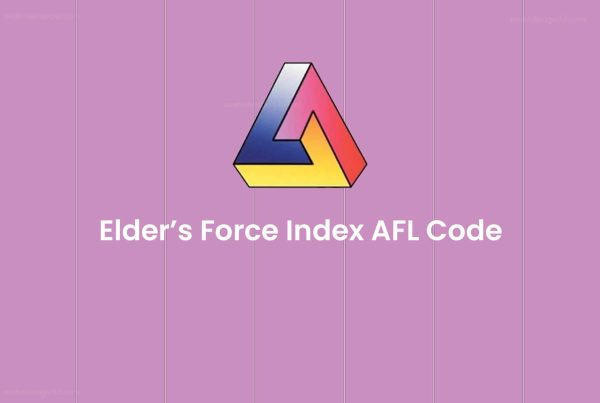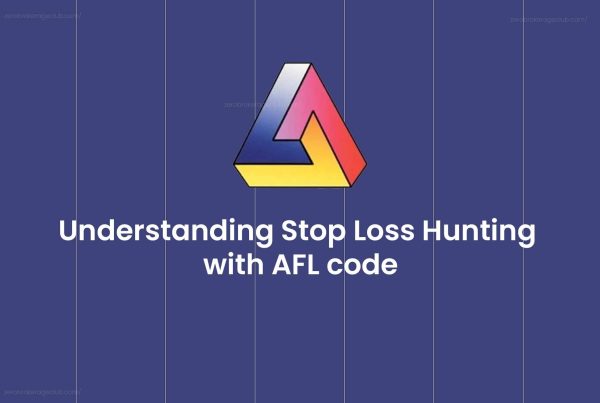If you’re new to the world of stock trading, you’ve probably come across various trading strategies that can help you make informed decisions. One such strategy that’s popular among traders is the VWAP (Volume-Weighted Average Price) trading strategy. In this guide, we’ll break down the VWAP strategy in simple terms and help you understand how it can be used to make better trading decisions.
What is VWAP?
VWAP stands for Volume-Weighted Average Price. It’s a trading indicator that takes into account both the price and volume of a stock to determine the average price at which it has been traded throughout the day. In simple terms, VWAP helps traders understand the average price investors are willing to buy or sell a stock for during a specific time frame.
How Does VWAP Work?
VWAP is calculated by dividing the total stock’s value of trading activity by the total trading volume within a specific time frame. This time frame can be a day, an hour, or any other period that a trader chooses. The formula is as follows:
VWAP = Total stock’s Value of Trading Activity / Total Trading Volume
To put it even more simply, VWAP helps you see where the “fair” or average price is during a specific trading period. It’s a dynamic indicator that changes throughout the trading day.
Using VWAP for Trading
Now, let’s discuss how traders use VWAP to make trading decisions. Here are some common applications:
- Identifying Trends: Traders compare the current price of a stock to its VWAP. If the stock is trading above the VWAP, it may be considered bullish, and if it’s below, it could be bearish.
- Entry and Exit Points: VWAP can help traders identify optimal entry and exit points. For instance, if the stock price is below VWAP and starts to rise above it, it might be a good time to buy. Conversely, if the price is above VWAP and starts to drop below, it may be a signal to sell.
- Managing Risk: VWAP can be used to set stop-loss and take-profit levels, helping traders manage risk effectively.
- Intraday Trading: Day traders often use VWAP to assess the intraday trends and make short-term trading decisions.
- Comparing with Market Orders: VWAP is useful for comparing your executed trade prices with the average market price during the trading period.
External Resources for Deeper Learning
For a more in-depth understanding of VWAP, you can explore the following resources:
- Investopedia’s VWAP Definition: Investopedia offers a comprehensive definition of VWAP, including examples and related terms.
- StockCharts.com’s VWAP Indicator: StockCharts.com provides a detailed guide on how to use VWAP in your trading strategy.
- TradingView’s VWAP Trading Strategy: TradingView offers a VWAP script that you can use in your technical analysis.
- Unofficed’s VWAP Scanner: Unofficed provides VWAP scanner for traders to identify market trends and trading opportunities.
Conclusion
The VWAP trading strategy is a valuable tool for traders, especially those looking to make informed decisions in intraday trading. By understanding the VWAP indicator and its applications, you can enhance your trading skills and increase your chances of success in the stock market. Remember to start with paper trading or a small investment while you get comfortable with this strategy, and gradually increase your trading activity as you gain experience. Happy trading!





One Comment